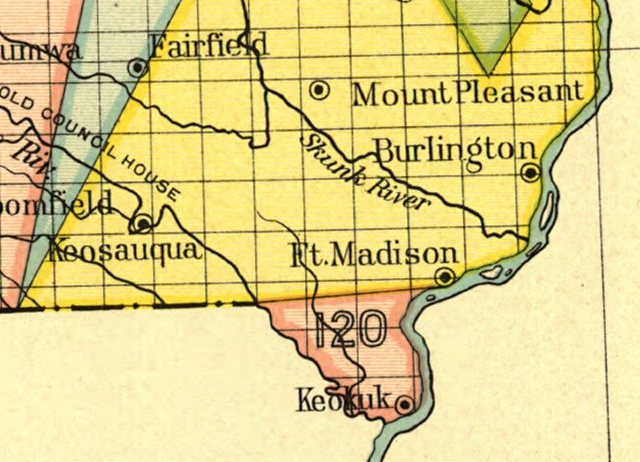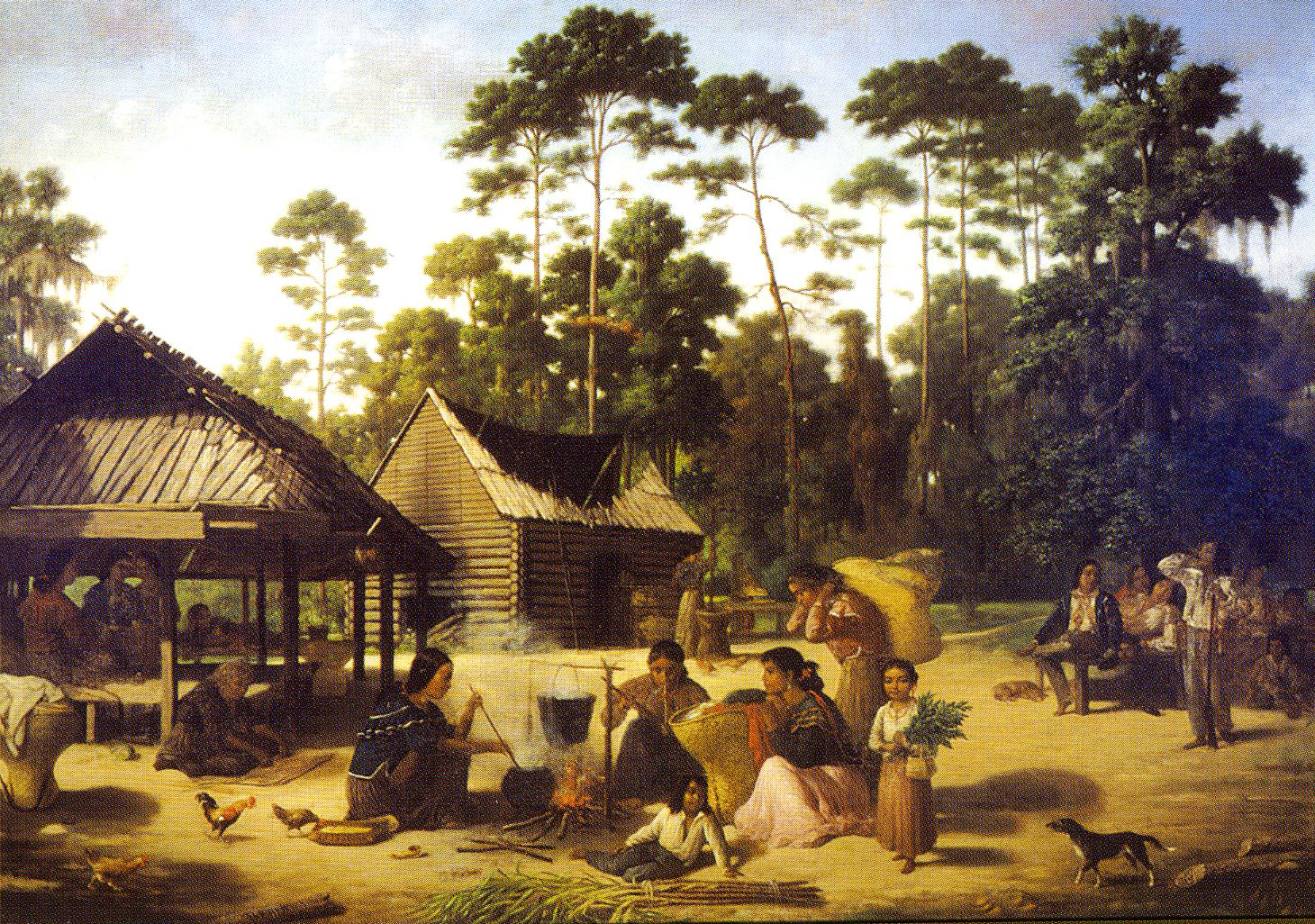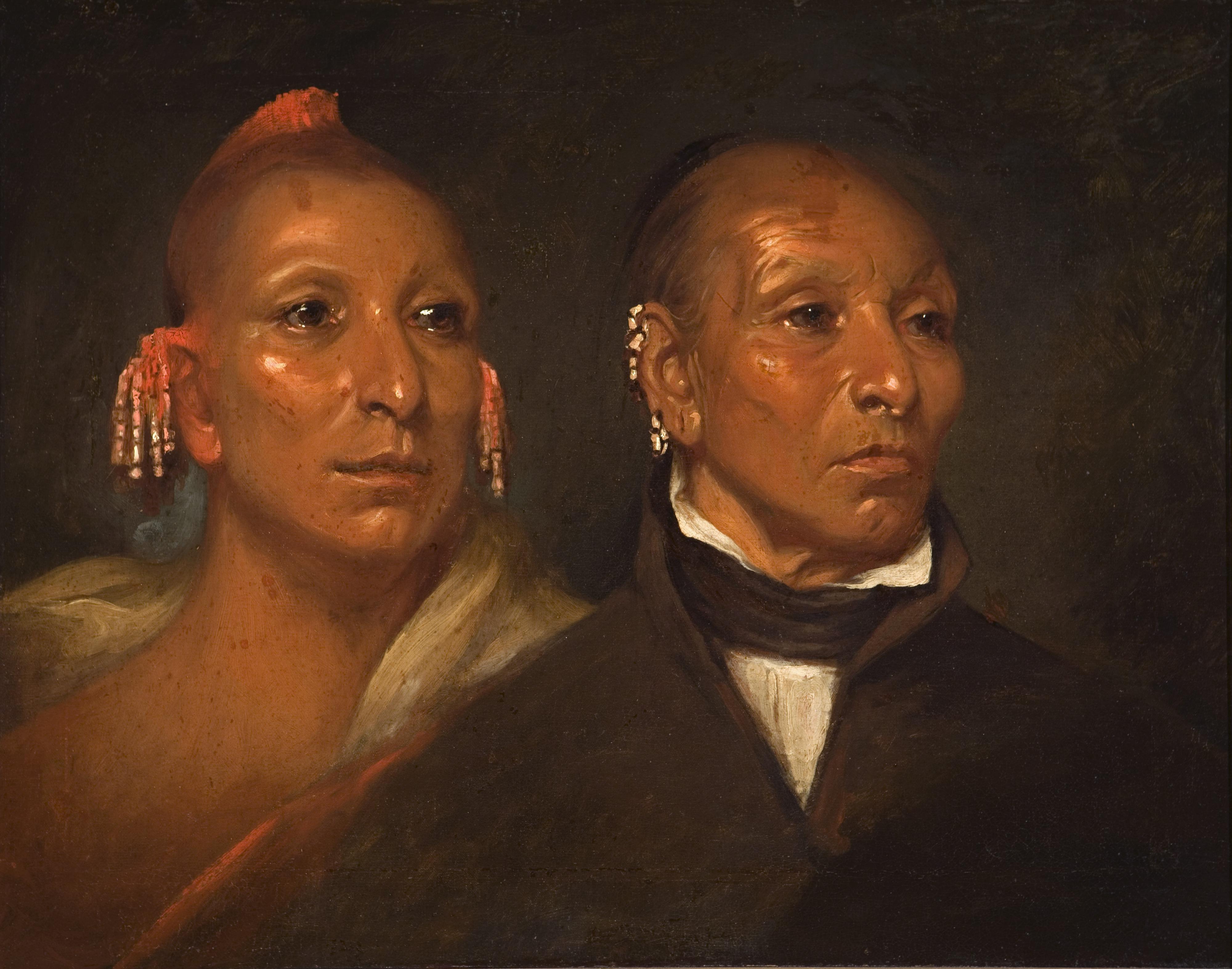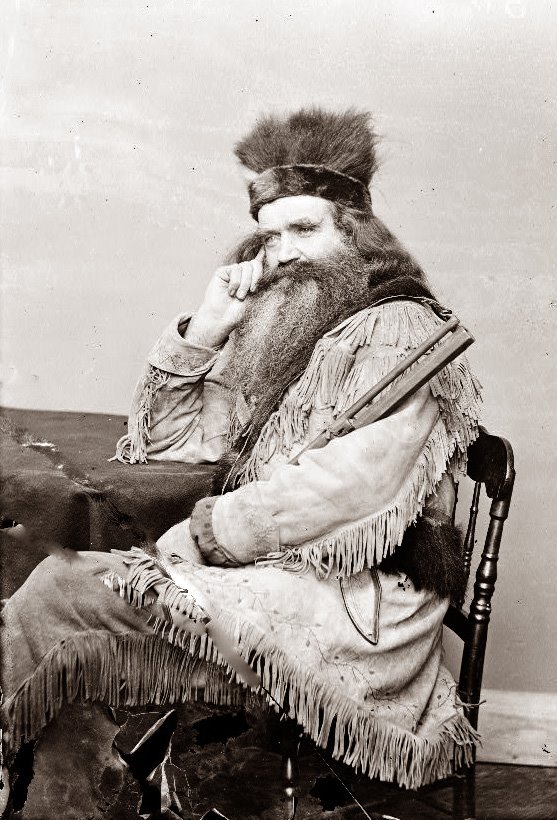|
Half-breed Tract
A Half-Breed Tract was a segment of land designated in the western states by the United States government in the 19th century specifically for Métis of American Indian and European or European-American ancestry, at the time commonly known as half-breeds. The government set aside such tracts in several parts of the Midwestern prairie region, including in Iowa Territory, Nebraska Territory, Kansas Territory, Minnesota Territory,Neill, E.D. (1858) ''The History of Minnesota: From the Earliest French Explorations''. J.B. Lippincott Company. p. 400. and Wisconsin Territory. Overview Historically, the mixed-blood population in the ''Pays d'en Haut'' region surrounding the Great Lakes were typically the descendants of Native American women and White men, often men of French-Canadian or Scots (including Orcadian) origin, who dominated early fur trapping and trade. These men lived far from other Europeans. Others had fathers who were American trappers and traders. The children typicall ... [...More Info...] [...Related Items...] OR: [Wikipedia] [Google] [Baidu] |
United States Government
The Federal Government of the United States of America (U.S. federal government or U.S. government) is the Federation#Federal governments, national government of the United States. The U.S. federal government is composed of three distinct branches: United States Congress, legislative, President of the United States, executive, and Federal judiciary of the United States, judicial. Powers of these three branches are defined and vested by the Constitution of the United States, U.S. Constitution, which has been in continuous effect since May 4, 1789. The powers and duties of these branches are further defined by Act of Congress, Acts of Congress, including the creation of United States federal executive departments, executive departments and courts subordinate to the Supreme Court of the United States, U.S. Supreme Court. In the Federalism in the United States, federal division of power, the federal government shares sovereignty with each of the 50 states in their respective t ... [...More Info...] [...Related Items...] OR: [Wikipedia] [Google] [Baidu] |
Patrilineal
Patrilineality, also known as the male line, the spear side or agnatic kinship, is a common kinship system in which an individual's family membership derives from and is recorded through their father's lineage. It generally involves the inheritance of property, rights, names, or titles by persons related through male kin. This is sometimes distinguished from cognate kinship, through the mother's lineage, also called the spindle side or the distaff side. A patriline ("father line") is a person's father, and additional ancestors, as traced only through males. In the Bible In the Bible, family and tribal membership appears to be transmitted through the father. For example, a person is considered to be a priest or Levite, if his father is a priest or Levite, and the members of all the Twelve Tribes are called Israelites because their father is Israel (Jacob). In the first lines of the New Testament, the descent of Jesus Christ is counted through the male lineage from Abraham through ... [...More Info...] [...Related Items...] OR: [Wikipedia] [Google] [Baidu] |
Mississippi River, Lee County, Iowa And The "Half Breed Tract" Historic Map Detail, From- Iowa 1905 Census Map Indian Terr Accessions (cropped)
Mississippi ( ) is a U.S. state, state in the Southeastern United States, Southeastern and Deep South regions of the United States. It borders Tennessee to the north, Alabama to the east, the Gulf of Mexico to the south, Louisiana to the southwest, and Arkansas to the northwest. Mississippi's western boundary is largely defined by the Mississippi River, or its historical course. Mississippi is the List of U.S. states and territories by area, 32nd largest by area and List of U.S. states by population, 35th-most populous of the 50 U.S. states and has the lowest per-capita income. Jackson, Mississippi, Jackson is both the state's List of capitals in the United States, capital and largest city. Jackson metropolitan area, Mississippi, Greater Jackson is the state's most populous Metropolitan statistical area, metropolitan area, with a population of 591,978 2020 United States census, in 2020. Other major cities include Gulfport, Mississippi, Gulfport, Southaven, Mississippi, South ... [...More Info...] [...Related Items...] OR: [Wikipedia] [Google] [Baidu] |
Lee County Half-Breed
Lee may refer to: Arts and entertainment * ''Lee'' (2007 film), Tamil-language sports action film * ''Lee'' (2017 film), Kannada-language action film * ''Lee'' (2023 film), biographical drama about Lee Miller, American photojournalist * ''Lee'' (novel), by Tito Perdue, about an angry and well-read septuagenarian * "Lee", a 1973 single by The Detroit Emeralds * "Lee", a 2001 song by Tenacious D from their eponymous album Businesses Finance *Thomas H. Lee Partners, an American private equity firm founded in 1974 ** Lee Equity Partners, a breakaway firm founded in 2006 Manufacturers * Lee Tires, a division of Goodyear *Lee Filters, a maker of lighting filters Other businesses * Lee (brand), an American clothing brand * Lee Enterprises, an American media company (NYSE: LEE) * Lee Data, a defunct American computer company Education * Lee College, Bayton, Texas, United States * Lee University, Cleveland, Tennessee, US Meteorology * List of storms named Lee * Lee w ... [...More Info...] [...Related Items...] OR: [Wikipedia] [Google] [Baidu] |
Indian Reservation
An American Indian reservation is an area of land land tenure, held and governed by a List of federally recognized tribes in the contiguous United States#Description, U.S. federal government-recognized Native American tribal nation, whose government is Tribal sovereignty in the United States, autonomous, subject to regulations passed by the United States Congress and administered by the United States Bureau of Indian Affairs, and not to the state governments of the United States, U.S. state government in which it is located. Some of the country's 574 List of Native American Tribal Entities, federally recognized tribes govern more than one of the 326 List of Indian reservations in the United States, Indian reservations in the United States, while some share reservations, and others have no reservation at all. Historical piecemeal land allocations under the Dawes Act facilitated sales to non–Native Americans, resulting in some reservations becoming severely fragmented, with pie ... [...More Info...] [...Related Items...] OR: [Wikipedia] [Google] [Baidu] |
Santee Sioux
The Dakota (pronounced , or ) are a Native American tribe and First Nations band government in North America. They compose two of the three main subcultures of the Sioux people, and are typically divided into the Eastern Dakota and the Western Dakota. The four bands of Eastern Dakota are the , , , and and are sometimes referred to as the Santee ( or ; 'knife' + 'encampment', 'dwells at the place of knife flint'), who reside in the eastern Dakotas, central Minnesota and northern Iowa. They have federally recognized tribes established in several places. The Western Dakota are the Yankton, and the Yanktonai ( and ; "Village-at-the-end" and "Little village-at-the-end"), who reside in the Upper Missouri River area. The Yankton-Yanktonai are collectively also referred to by the endonym ('Those Who Speak Like Men'). They also have distinct federally recognized tribes. In the past the Western Dakota have been erroneously classified as Nakota, who are located in Montana and across ... [...More Info...] [...Related Items...] OR: [Wikipedia] [Google] [Baidu] |
Sac And Fox
The Sac and Fox Nation (Sauk language: Thâkîwaki) is the largest of three federally recognized tribes, federally recognized tribes of Sauk people, Sauk and Meskwaki, Meskwaki (Fox) American Indians in the United States, Indian peoples. They are based in central Oklahoma. Originally from the Lake Huron and Lake Michigan area, they were forcibly relocated to Oklahoma in the 1870s and are predominantly Sauk. The Sac and Fox Oklahoma Tribal Statistical Area (OTSA) is the Oklahoma Tribal Statistical Area, land base in Oklahoma governed by the tribe. The two other Sac and Fox tribes are the Sac and Fox Tribe of the Mississippi in Iowa and the Sac and Fox Nation of Missouri in Kansas and Nebraska. The Sac and Fox tribes have historically been closely allied, and continue to be in the present day. They speak very similar Algonquian languages, which are sometimes considered to be two dialects of the same language, rather than separate languages. Name Their autonym, Thâkîwaki, is al ... [...More Info...] [...Related Items...] OR: [Wikipedia] [Google] [Baidu] |
Omaha (tribe)
The Omaha are a federally recognized Midwestern Native American tribe who reside on the Omaha Reservation in northeastern Nebraska and western Iowa, United States. The Omaha Indian Reservation lies primarily in the southern part of Thurston County and northeastern Cuming County, Nebraska, but small parts extend into the northeast corner of Burt County and across the Missouri River into Monona County, Iowa. Its total land area is and a population of 5,194 was recorded in the 2000 census. Its largest community is Macy. The Omaha people migrated to the upper Missouri area and the Plains by the late 17th century from earlier locations in the Ohio River Valley. The Omaha speak a Siouan language of the Dhegihan branch, which is very similar to that spoken by the Ponca. The latter were part of the Omaha before splitting off into a separate tribe in the mid-18th century. They are also related to the Osage, Quapaw, and Kansa peoples, who also migrated from the Ohio Valley. A ... [...More Info...] [...Related Items...] OR: [Wikipedia] [Google] [Baidu] |
Ioway
The Iowa, also known as Ioway or Báxoje (, "grey snow people"), are a Native American tribe. Historically, they spoke a Chiwere Siouan language. Today, they are enrolled in either of two federally recognized tribes: the Iowa Tribe of Oklahoma and the Iowa Tribe of Kansas and Nebraska. The Iowa, Missouria, and Otoe tribes were all once part of the Ho-Chunk people and were all Chiwere language speakers. They left their ancestral homelands in Southern Wisconsin for Eastern Iowa, a state that bears their name. In 1837, the Iowa were moved from Iowa to reservations in Brown County, Kansas, and Richardson County, Nebraska. Bands of Iowa were forced into Indian Territory in the late 19th century and settled south of Perkins, Oklahoma, to become the Iowa Tribe of Oklahoma. Etymology The Ioway call themselves the Báxoje, pronounced (alternate spellings: ''pahotcha'', ''pahucha'', ''Bah-Kho-Je''), which translates to "grey snow". ''Báxoje'' has been incorrectly translated as " ... [...More Info...] [...Related Items...] OR: [Wikipedia] [Google] [Baidu] |
Otoe Tribe
The Otoe ( Chiwere: Jiwére) are a Native American people of the Midwestern United States. The Otoe language, Chiwere, is part of the Siouan family and closely related to that of the related Iowa, Missouria, and Ho-Chunk tribes. Historically, the Otoe tribe lived as a semi-nomadic people on the Central Plains along the bank of the Missouri River in Nebraska, Kansas, Iowa, and Missouri. They lived in elm-bark lodges while they farmed, and used tipis while traveling, like many other Plains tribes. They often left their villages to hunt buffalo. In the early 19th century, many of their villages were destroyed due to warfare with other tribes. European-American encroachment and disease also played a role in their decline. Today, Otoe people belong to the federally recognized tribe, the Otoe-Missouria Tribe of Indians, headquartered in Red Rock, Oklahoma. History The Otoe were once part of the Ho-Chunk and Siouan-speaking tribes of the Western Great Lakes and Upper Midw ... [...More Info...] [...Related Items...] OR: [Wikipedia] [Google] [Baidu] |
Fourth Treaty Of Prairie Du Chien
The fourth Treaty of Prairie du Chien was negotiated between the United States and the Sauk and Meskwaki, the Mdewakanton, Wahpekute and Sisseton Sioux, Omaha, Ioway, Otoe and Missouria peoples. The treaty was signed on July 15, 1830, with William Clark and Willoughby Morgan representing the United States. Through additional negotiations conducted in St. Louis on October 13, 1830, Yankton Sioux and Santee Sioux agreed to abide by the 1830 Treaty of Prairie du Chien. The US government announced the treaty and its numerous adherents on February 24, 1831. In this treaty, the tribes agreed to land cession of three large tracts of land: two strips of land 20 miles wide each on either side of the boundary established by the first (1825) Treaty of Prairie du Chien (roughly from La Crosse, Wisconsin to Prairie du Chien, Wisconsin), extending from the Mississippi River to the Des Moines River in what today is southeastern Minnesota and northeastern Iowa; and a large triangular tr ... [...More Info...] [...Related Items...] OR: [Wikipedia] [Google] [Baidu] |
Mountain Men
A mountain man is an explorer who lives in the wilderness and makes his living from hunting, fishing and trapping. Mountain men were most common in the North American Rocky Mountains from about 1810 through to the 1880s (with a peak population in the early 1840s). They were instrumental in opening up the various emigrant trails (widened into wagon roads) allowing Americans in the east to settle the new territories of the far west by organized wagon trains traveling over roads explored and in many cases, physically improved by the mountain men and the big fur companies, originally to serve the mule train-based inland fur trade. Mountain men arose in a geographic and economic expansion that was driven by the lucrative earnings available in the North American fur trade, in the wake of the various 1806–1807 published accounts of the Lewis and Clark Expedition findings about the Rockies and the Oregon Country. They flourished for more than three decades, but their ability to ma ... [...More Info...] [...Related Items...] OR: [Wikipedia] [Google] [Baidu] |







